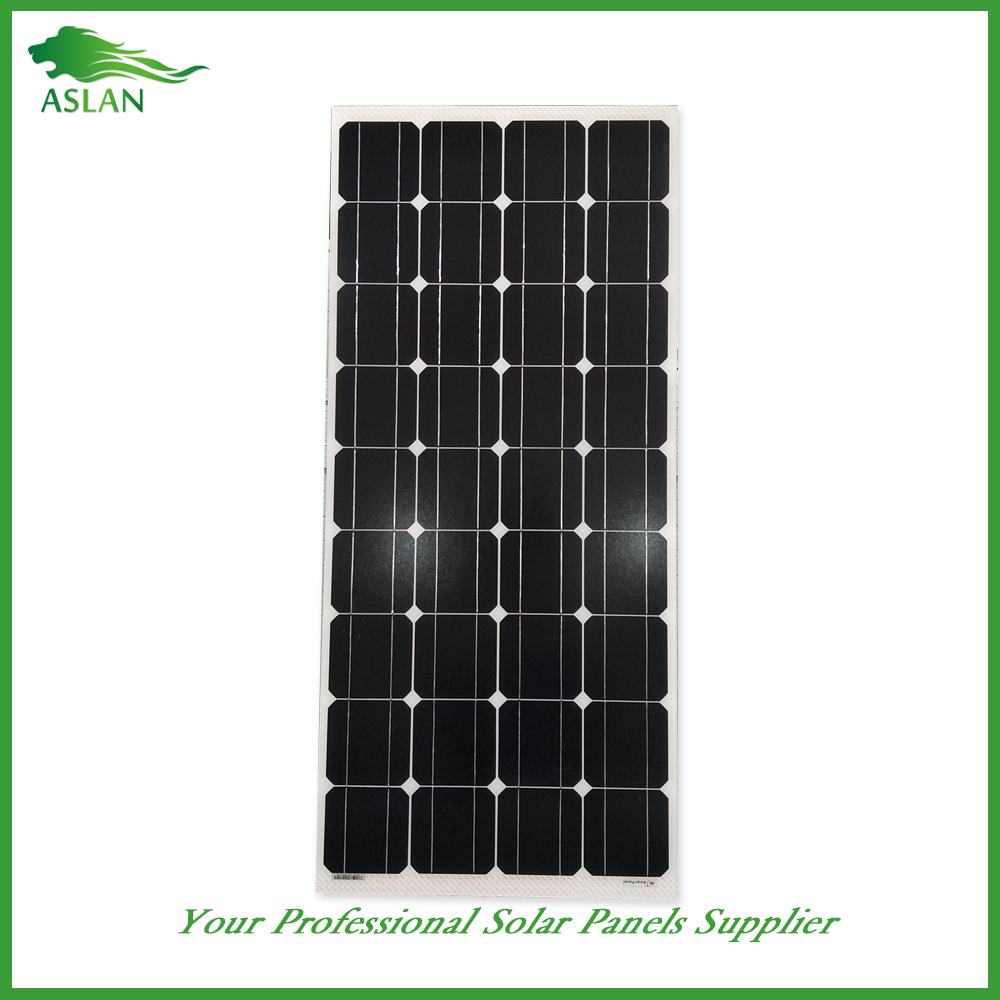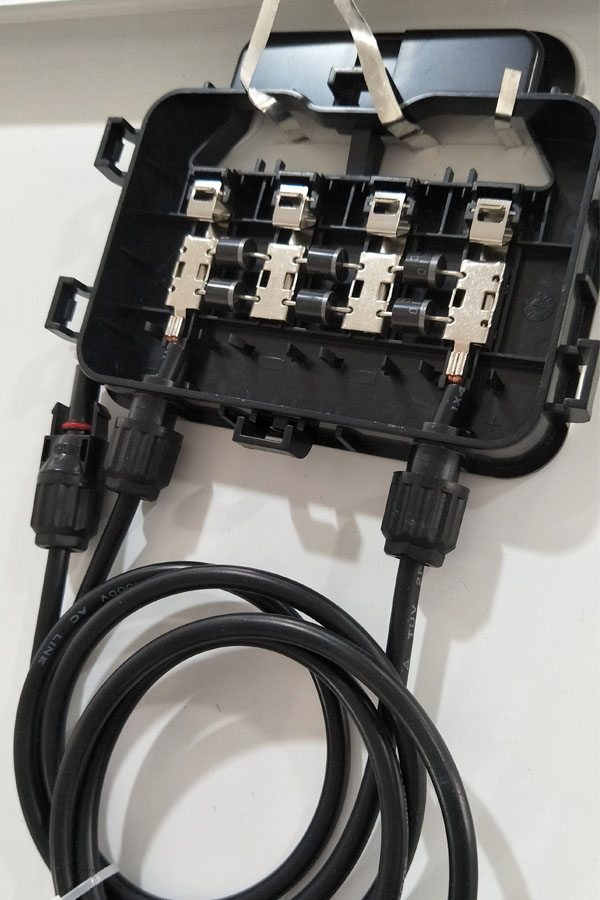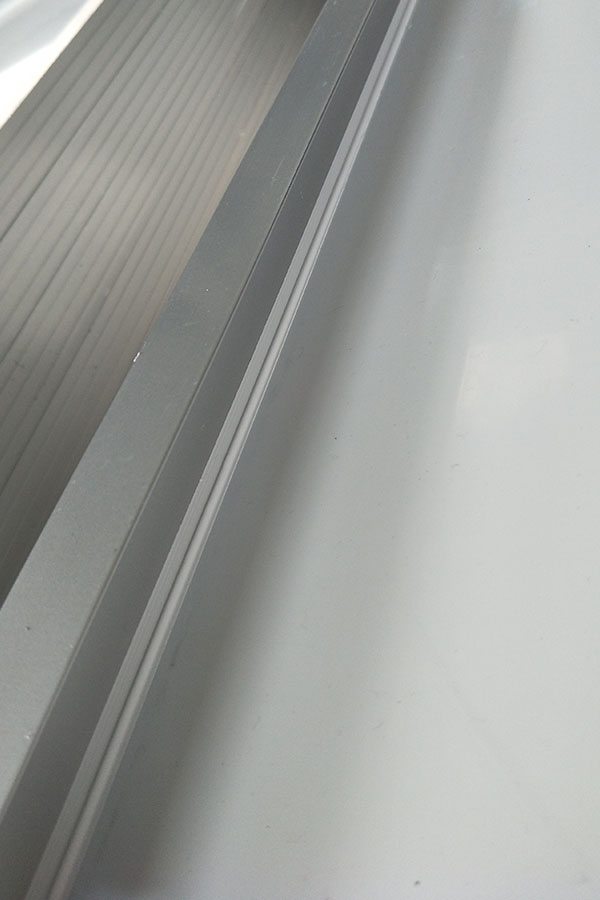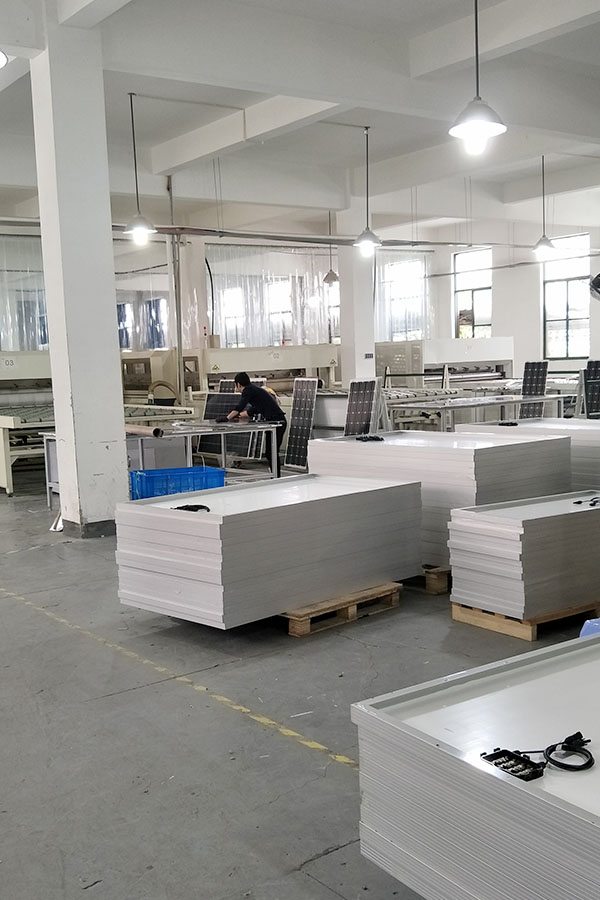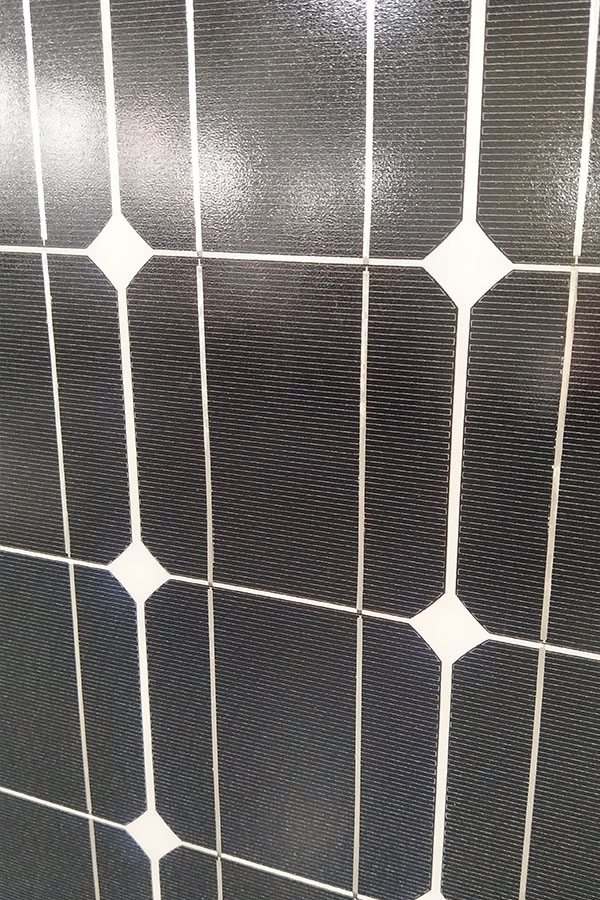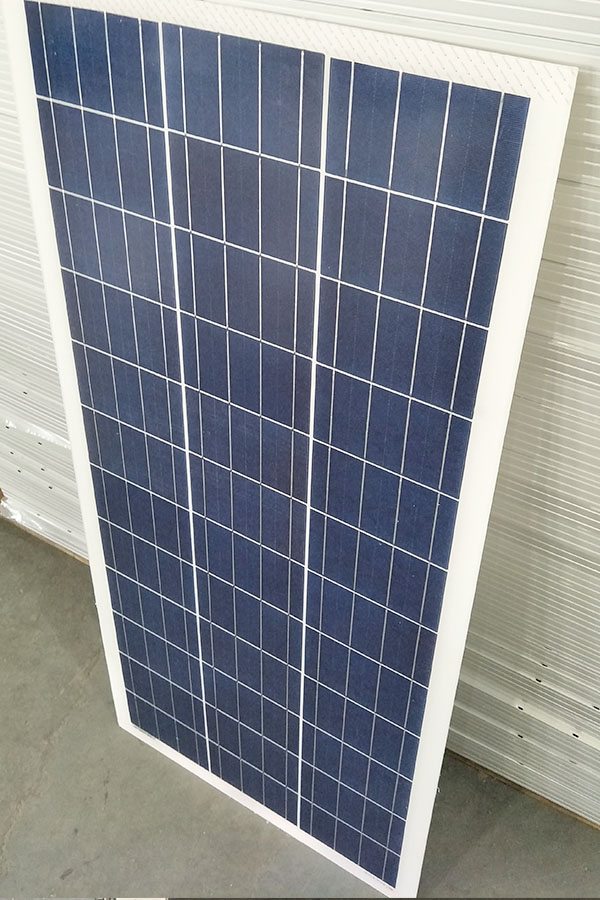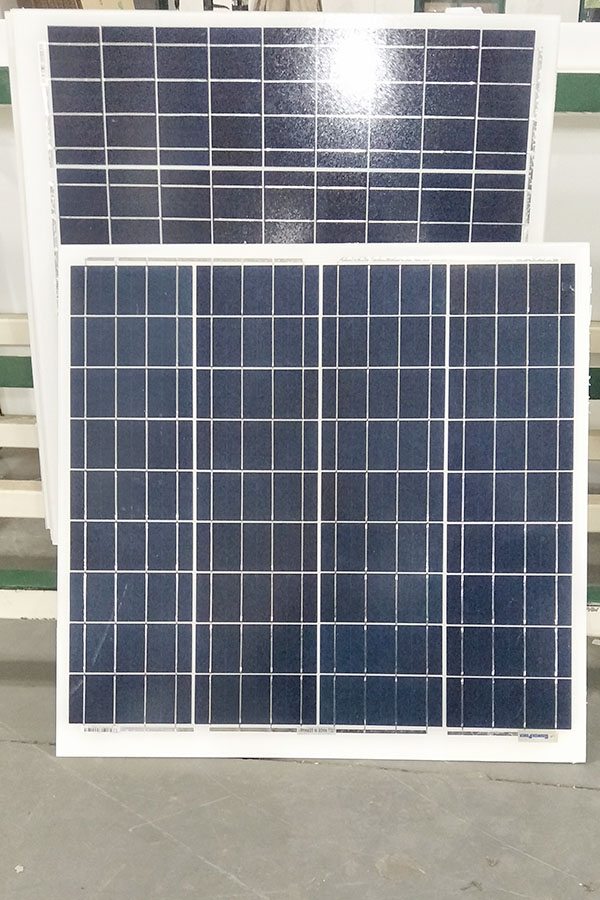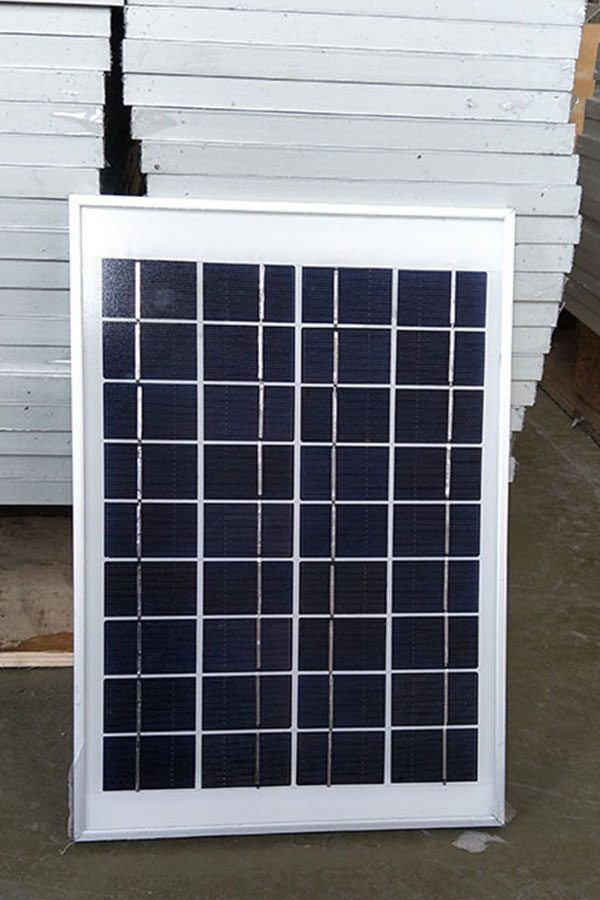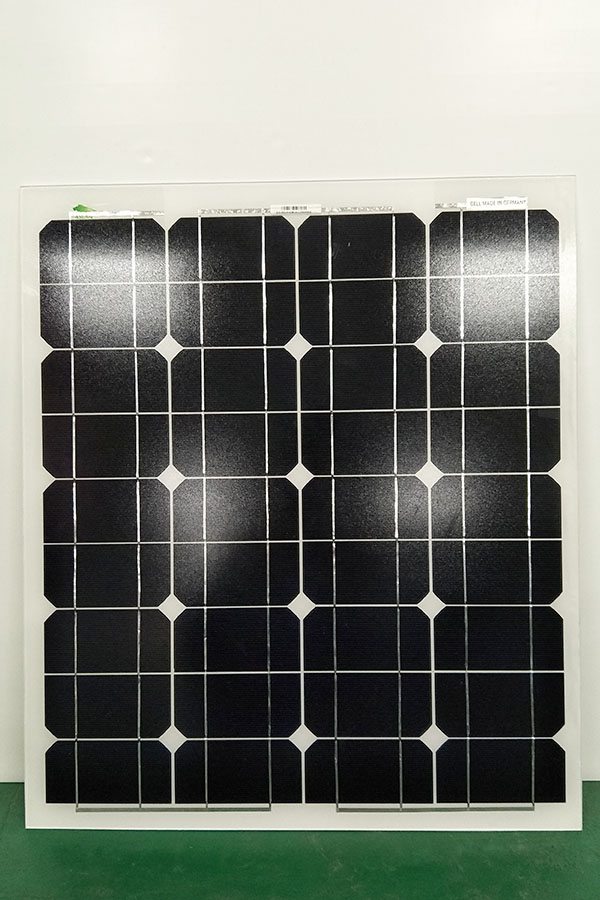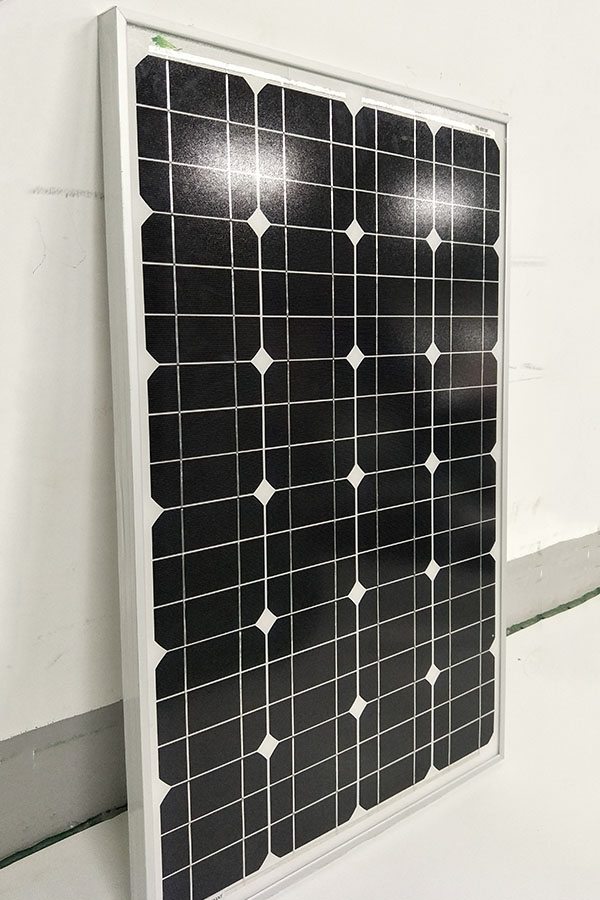40% OFF Price For Mono-Crystalline 150W Solar Panel for Uruguay Manufacturer
Short Description:
Our company sticks to the principle of "Quality is the life of the company, and reputation is the soul of it" for 40% OFF Price For Mono-Crystalline 150W Solar Panel for Uruguay Manufacturer, Let's cooperate hand in hand to jointly make a beautiful future. We sincerely welcome you to visit our company or contact us for cooperation!
Mono-Crystalline 150W Solar Panel
Technical parameter
Maximum Power(W) 150W
Optimum Power Voltage(Vmp) 17.92V
Optimum Operating Current(Imp) 7.83A
Open Circuit Voltage(Voc) 21.86V
Short Circuit Current(Isc) 8.59A
Mechanical Characteristics
Cell Type Monocrystalline 156x156mm (6 inch)
No of Cell 36 (4x9pcs)
Dimensions 1485x668x35mm
Weight 11.6KGS
Front Glass 3.2mm,High Transmission, Low Iron,Tempered Glass
Junction box IP65 Rated
Output Cable TUV 1×4.0mm2/UL12AWG,Length:900mm
Temperature and Coefficients
Operating Temperature(°C): -40°C ~ + 85°C
Maximum System Voltage: 600V(UL)/1000V(IEC) DC
Maximum Rated Current Series: 15A
Temperature Coefficients of Pmax: -0.435%
Temperature Coefficients of Voc: -0.35%
Temperature Coefficients of Isc: 0.043%
Nominal Operationg Cell Temperature (NOCT): 47+/-2°C
Materials of solar panel
1).Solar Cell——Mono-crystalline solar cell 156*156mm
2).Front Glass——-3.2mm, high transmission, low iron, tempered glass
3).EVA——-excellent anti-aging EVA
4).TPT——-TPT hot seal made of flame resistance
5).Frame——anodized aluminum profile
6).Junction Box——-IP65 rated, high quality, with diode protection
Superiority: high quality anodized aluminum frame, high efficiency long life, easy installation, strong wind resistance, strong hail resistance.
Features
1. High cell efficiency with quality silicon materials for long term output stability
2. Strictly quality control ensure the stability and reliability, totally 23 QC procedures
3. High transmittance low iron tempered glass with enhanced stiffness and impact resistance
4. Both Polycrystalline and Mono-crystalline
5. Excellent performance in harsh weather
6. Outstanding electrical performance under high temperature and low irradiance
Quality assurance testing
Thermal cycling test
Thermal shock test
Thermal/Freezing and high humidity cycling test
Electrical isolation test
Hail impact test
Mechanical, wind and twist loading test
Salt mist test
Light and water-exposure test
Moist carbon dioxide/sulphur dioxide
http://www.WINDENERGY7.COM – - Solar How To and How To Solar Home Solar Panel Kits for DIY or local electrician install. Solar How To created is great. Our system uses Solar How To that creates both Solar How To for PV as well as Solar How To that creates wind power and wind energy to power YOUR HOME.
Residential wind power products ONLY Available From WindEnergy7.com. The residential wind power systems featured on this video are exclusive technology, WindEnergy7 has invented many of the best features in these systems making residential wind power work. There’s a reason why these systems are so successful and effective, it’s mainly the ideas and innovations developed by WindEnergy7.
The second system pictured is the RoofMill™, and exclusive invention of WindEnergy7 that is not available anywhere else. The RoofMill™ is the best green energy solution for urban and suburban installation. It simply mounts to the roof of almost any structure. Certified to 130mph wind, this durable, quiet system will reduce or eliminate your residential electric bill.
Contact WindEnergy7 for more information. Go to our website at WindEnergy7-com and click on the Contact link. We will send you additional information and get you in contact with someone who can consult with you about a system for your residential. WindEnergy7-com
Solar How To begins with radiant heat and light made by the sun Since ancient times humans have used many technologies evolving over time. Solar How To creates Solar radiation, Other energy resources such as wind and wave power, hydroelectricity and biomass, accounting for almost every available renewable energy on earth are created by Solar How To. Only a small part of our earths available solar energy gets used.
To harvest Solar How To, the most common way is to use solar panels. Solar How To electrical generation relies on thermal and PV (photovoltaic) solar energy panels. Use of Solar How To is limitless and technology improves every day in how we can harness Solar How To. A short list of the uses of Solar How To would include daylighting, solar hot water, solar cooking, space heating and cooling through solar architecture, potable water via distillation and disinfection, and high temperature process heat for industrial purpose using Solar How To.
Solar How To technologies today are classified in two categories, passive solar energy or active solar energy. This classification would depend on how they capture, convert and distribute Solar How To. Active solar energy includes the use of PV (photovoltaic) solar energy panels and solar energy thermal collectors to harness Solar How To. Solar How To methods considered passive solar energy include designing spaces that naturally circulate air, orienting a building to the Sun, or selecting materials with favorable thermal mass or light dispersing properties.
http://www.solarsanantonio.org/residential/pvinstallers/windenergy7/
http://www.cnet.com/profile/WindEnergy7-com
Search Terms: Solar How To, solar energy what is, how do we get Solar How To, Solar How To, pros of Solar How To, advantages to Solar How To, advantages for solar energy, solar energy uses, what is Solar How To, advantage of Solar How To, Solar How To advantages, Solar How To fact, Solar How To facts, facts about Solar How To
Aspley Nursery have installed a solar hot water system, replaced some fluorescent lights with LEDs and replaced their main irrigation pump with a smaller variable speed pump.
The nursery is saving enough to keep them below the threshold for demand pricing of 100 megawatt hours per year (MWh/y)
More information HERE: http://bit.ly/2sfIUQZ
